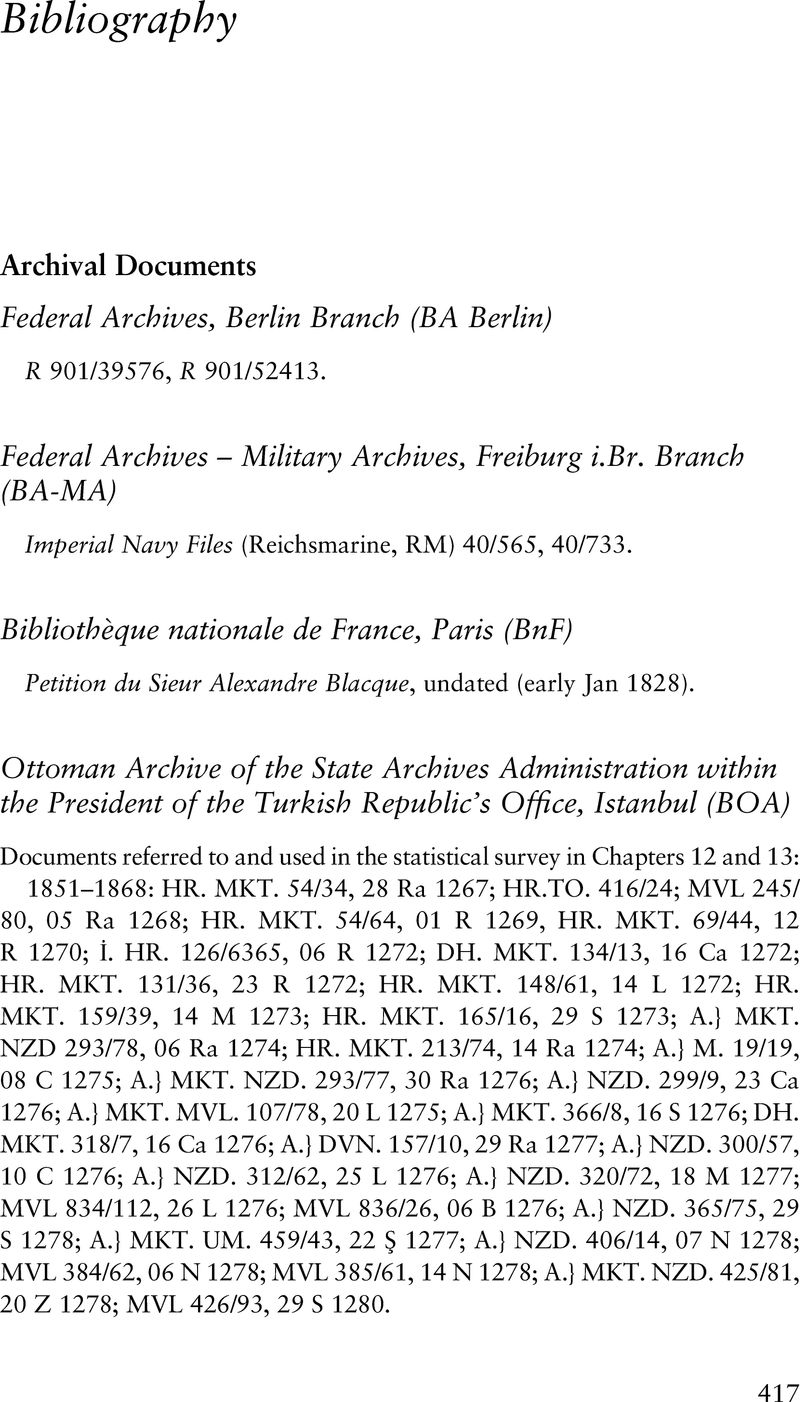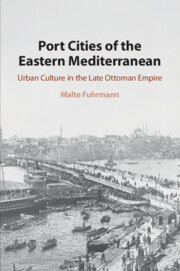Book contents
- Port Cities of the Eastern Mediterranean
- Port Cities of the Eastern Mediterranean
- Copyright page
- Contents
- Figures and Table
- Acknowledgments
- Part I Introduction
- Part II Constructing Europe
- Part III The City’s New Pleasures
- Part IV Identities on the Mediterranean Shore
- Part V The End of the European Dream
- Part VI Europe and the Eastern Mediterranean Revisited
- Bibliography
- Index
- References
Bibliography
Published online by Cambridge University Press: 09 October 2020
- Port Cities of the Eastern Mediterranean
- Port Cities of the Eastern Mediterranean
- Copyright page
- Contents
- Figures and Table
- Acknowledgments
- Part I Introduction
- Part II Constructing Europe
- Part III The City’s New Pleasures
- Part IV Identities on the Mediterranean Shore
- Part V The End of the European Dream
- Part VI Europe and the Eastern Mediterranean Revisited
- Bibliography
- Index
- References
Summary

- Type
- Chapter
- Information
- Port Cities of the Eastern MediterraneanUrban Culture in the Late Ottoman Empire, pp. 417 - 454Publisher: Cambridge University PressPrint publication year: 2020



